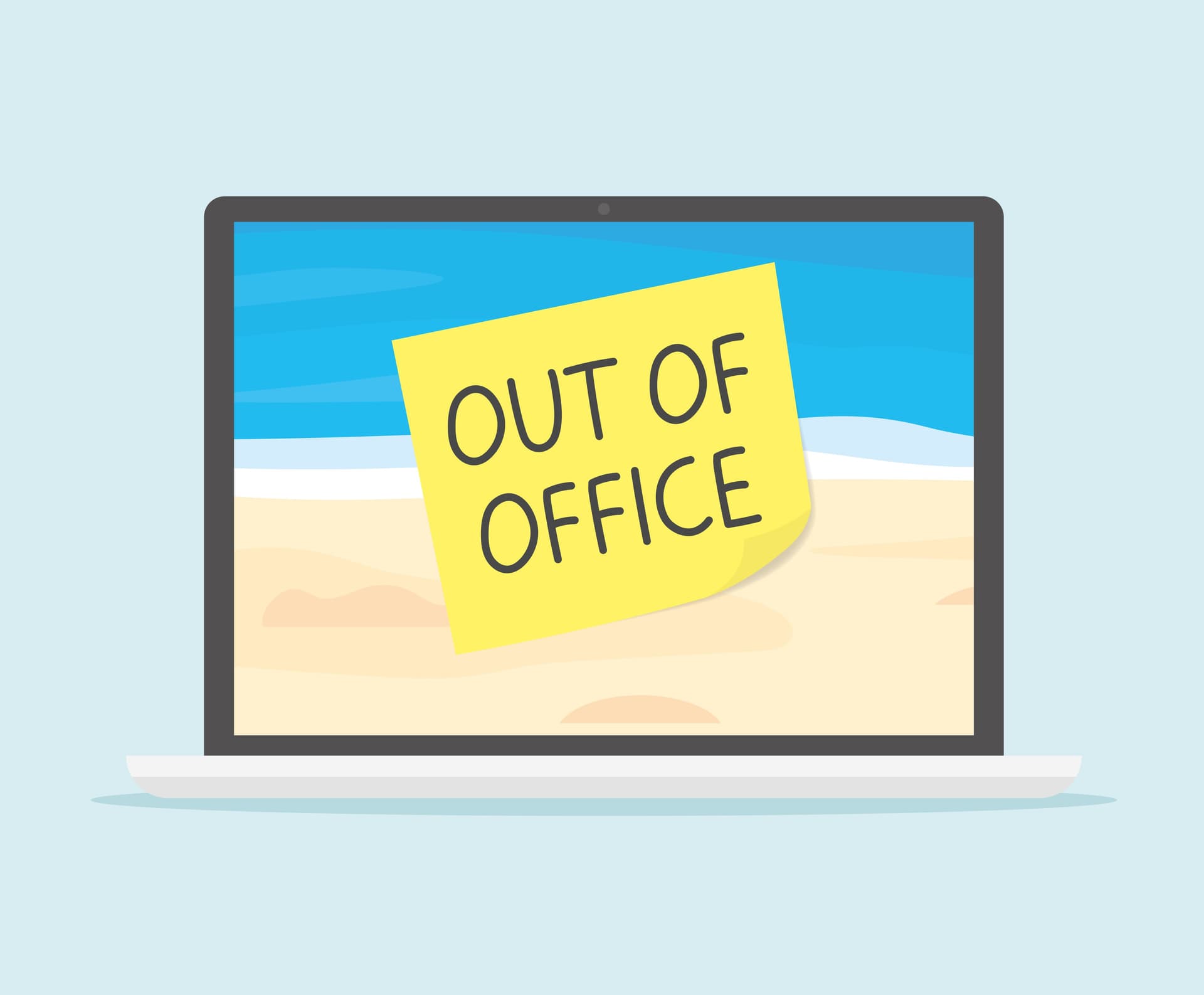Science says: Take a break
Many studies agree that PTO is crucial to well-being, but how much time away do employees really need?

Chrupka/Getty Images
• 4 min read
You’ve probably heard by now that your employees need a break. Unplugging is good for the brain and body, and refreshed workers are typically more creative, productive workers. Plus, taking vacation can help stave off the burnout that’s become rampant in pandemic-era corporate America.
But a critical question remains: How much consecutive PTO might be necessary to unlock this treasure-trove of purported benefits? Here’s how much time off some research says your employees ought to take, and how to help them take it.
At least a week. Researchers from the Netherlands’ Radboud University Nijmegen studied the impact of PTO on health and well-being for Dutch employees. The magic amount of time, they found, was just over one week away from work, reasoning that shorter vacations don’t cut it, because “it takes some time to wind down after a stressful work period and acclimatize to vacation.”
“Employees are often unable to recover sufficiently during short respites from work due to increasingly permeable boundaries between work and home domains, long working hours, working overtime, and prolonged physiological activation as a result of preoccupation with work,” the researchers wrote in the Journal of Happiness Studies.
The study also found employees who log off for at least a week reap the most benefits, with health and well-being peaking at vacay day eight. Taking more than eight days PTO, the authors reported, didn’t have additional health and well-being benefits. They suspected this may be related to the stress of preparing for a long vacation and returning to a pile of tasks.
Or a little less. A week might seem like an alarming amount of time away for PTO-hesitant workers in the US, dubbed the “no-vacation nation.”
American workers have historically had a hard time logging off. In 2018, Americans left a combined 768 million vacation days on the table, with 55% of US workers surveyed by the US Travel Association saying they didn’t cash in on all of their allotted time off. Though the situation has improved slightly, according to Qualtrics, employees still left an average 9.5 days of PTO at the end of 2021.
Quick-to-read HR news & insights
From recruiting and retention to company culture and the latest in HR tech, HR Brew delivers up-to-date industry news and tips to help HR pros stay nimble in today’s fast-changing business environment.
Two studies, one surveying German middle-managers and the other US workers, suggest that short vacations, around four days, might be enough time to unwind and recharge.
Which is it? If employees take breaks more frequently, they may need fewer days off at a time to unlock the benefits of PTO, Rachel Goldman, a psychologist and clinical assistant professor in the department of psychiatry at NYU Grossman School of Medicine, told Everyday Health. She said that’s because there’s a difference between wanting and needing time away.
When people need a vacation, “it typically takes a few days before [employees] clear their head and are in vacation mode,” Goldman explained. “Whereas if you don’t necessarily need it, you can be more present right away and really enjoy the benefits of time off.”
To get your employees to disconnect, experts recommend creating a culture of prioritizing PTO.
Mark Elkins, head of HR and operations at Karbo Communications, told SHRM he doesn’t ask what the time off is for so that it’s a “no guilt” request. He also makes sure there’s coverage so that the employee doesn’t have to log on from their trip or worry about whether tasks are getting done.
If employees have trouble getting off email, Allan Borch, founder of Dotcom Dollar in Australia, told SHRM that it’s OK to be firm.
“If you see them online, gently remind them that they are supposed to disconnect.”—SV
Do you work in HR or have information about your HR department we should know? Email [email protected] or DM @SusannaVogel1 on Twitter. For completely confidential conversations, ask Susanna for her number on Signal.
Quick-to-read HR news & insights
From recruiting and retention to company culture and the latest in HR tech, HR Brew delivers up-to-date industry news and tips to help HR pros stay nimble in today’s fast-changing business environment.